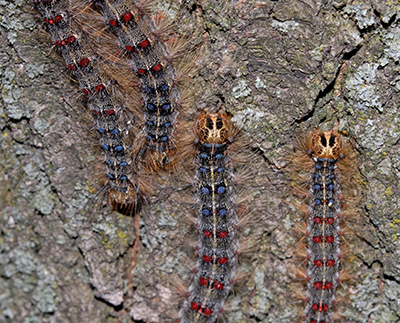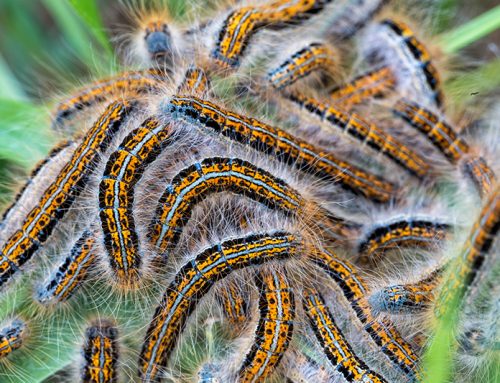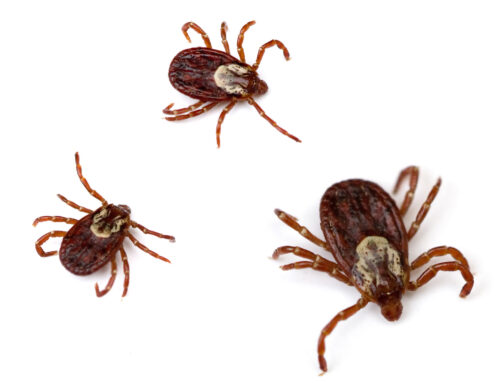How to Protect Your Lawn from Pests
Maintaining the health and longevity of your plants and trees is essential to creating a beautiful, lush landscape. One of the biggest culprits, destroying your landscape, are gypsy moth caterpillars. They can do unimaginable damage. For example, many years ago, the Berkshire Mountains in western Massachusetts were overtaken by these pests. That year, they literally zapped the fall color for which the area is so famous! If you don’t want to have to deal with this kind of infestation ruining your lawn and gardens, read on. . .
Did You Know. . .
The presence of gypsy moths in the Northeastern U.S. happened by accident. They were first brought to the U.S. in 1869 in a failed attempt to start a silkworm industry. The larvae were blown off a window sill in Medford, Massachusetts, which let them loose. They have since been one of the biggest pests in both the Northeast, as well as Southeastern Canada.
Damage caused by gypsy moths occurs when they are in the larvae, or caterpillar, stage. They come out of their eggs and begin feeding on the leaves of trees in early spring to mid-May. Feeding continues from mid-June to early July.
Types of Trees Affected
Gypsy moths mostly feed on hardwood trees, such as oak, maple and elm. However, they’ve been known to attack birch, poplar and other types of trees. If the infestation gets out of control, they will go after pine and spruce trees as well. If you want to deter gypsy moths, a helpful hint: they don’t seem to like ashes, dogwoods, sycamores or black walnut trees. But be warned. If it’s a heavy infestation, they will go anywhere for available food, so even those trees aren’t necessarily safe.
Preventing Gypsy Moths
Gypsy moths like cluttered yards. If you have a lot of debris, such as dead branches, lying around, a female moth may lay eggs in those places. It’s best to apply sprays when caterpillars are young. This way, you can stop them before they start. You can also apply preventative barriers to your tree trunks.
Controlling Gypsy Moths
The best way to control them is to prevent them. However, if you’ve done everything you can and it still appears you have a problem, you need to consult with professionals about using the most effective products to remove them for good.
Timing is key. At the first sign of egg masses on trees, you’ll need to spray. The first half of May is the time to apply treatments. Early spring, even early fall before leaves appear on trees, spray the caterpillars two to three times a week.
When to Call Professionals
At The Veron Company, we have many sprays and oils that target these pests, and, depending on the stage of the infestation, some trees may need repeated applications. It’s important to note: We use sprays that are non-toxic to other helpful insects, such as honey bees.
It’s best to call on professionals to do these applications, because we have the most effective treatments and the expertise to know when, where and how much to spray. At The Veron Company, we’re dedicated to environmentally-friendly, effective treatments that won’t do unnecessary harm to your landscape. Contact us today for a consultation.
And keep checking our blog all spring long!
The Veron Company, serving Marlborough, Massachusetts and surrounding areas, including Cape Cod since 1982.





